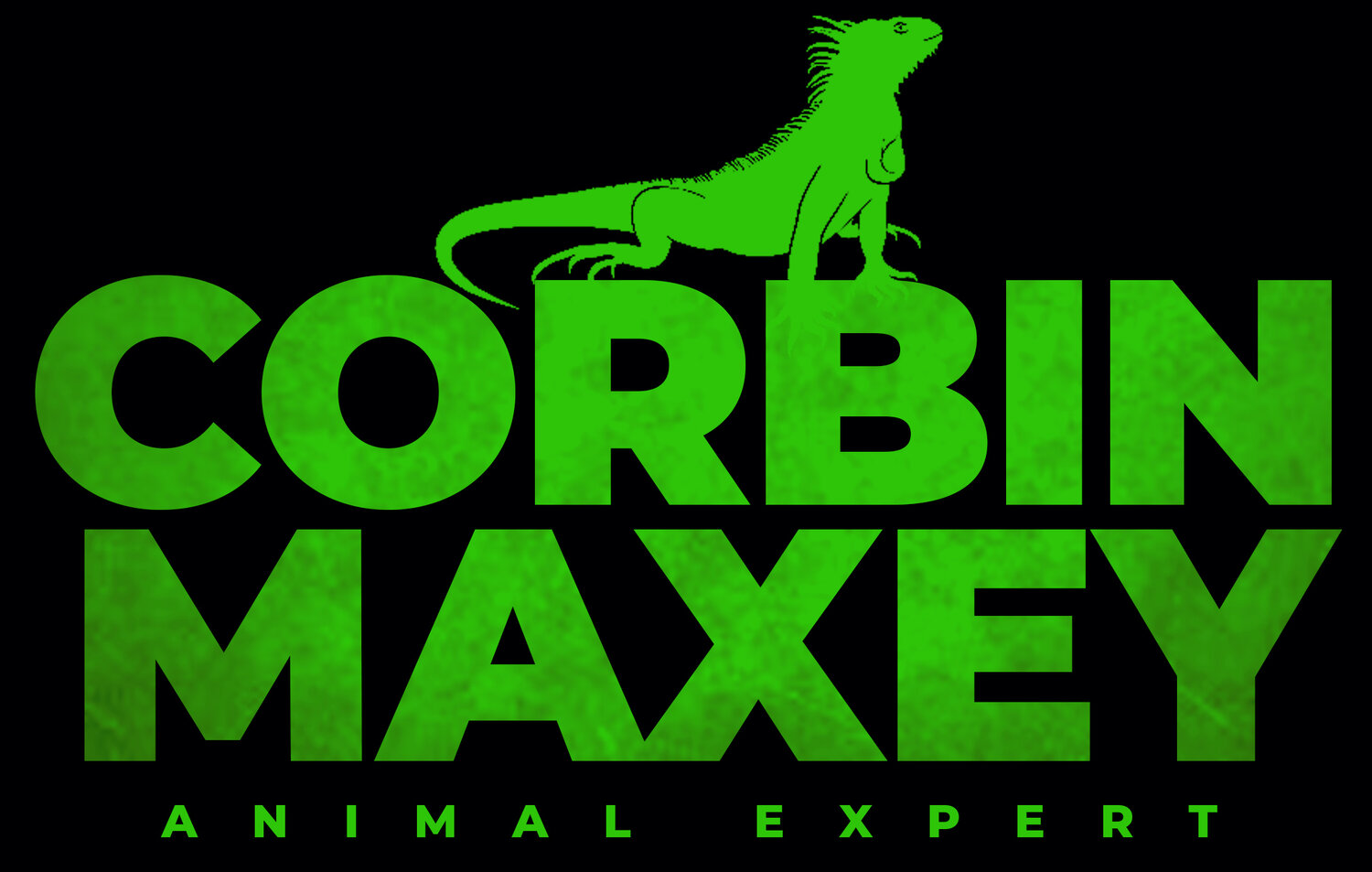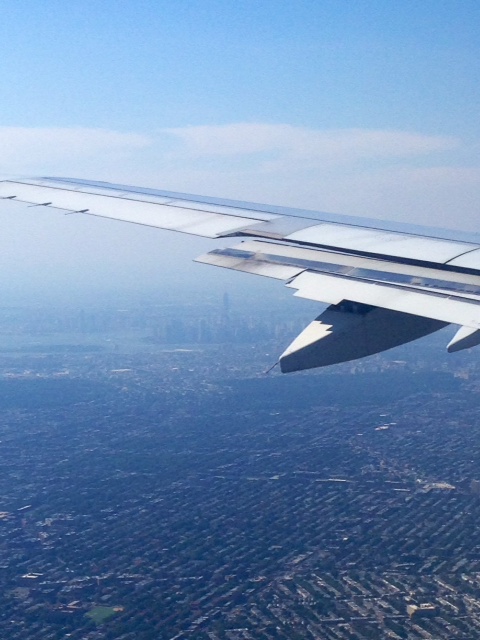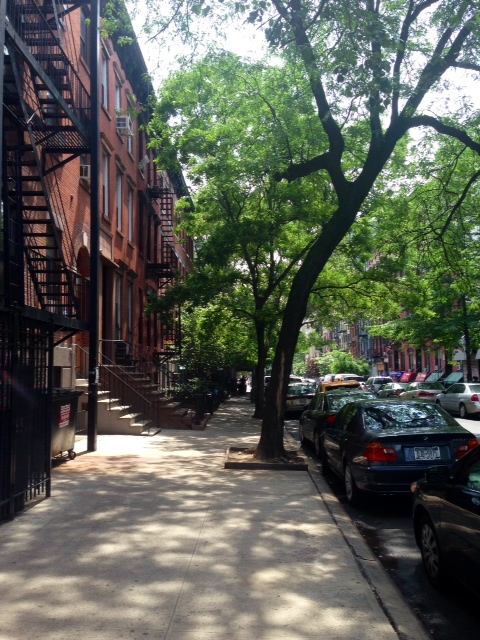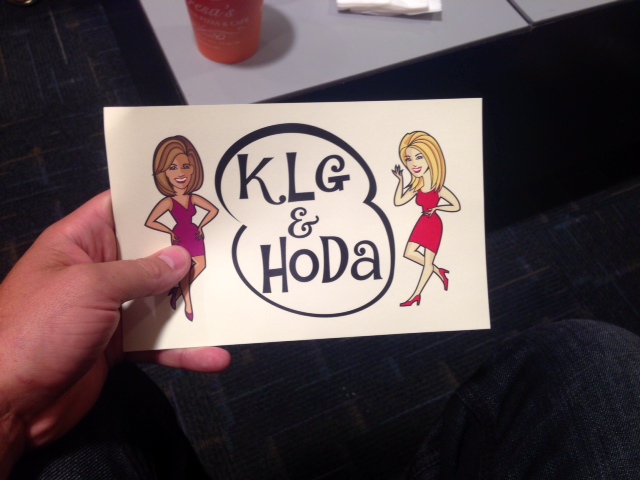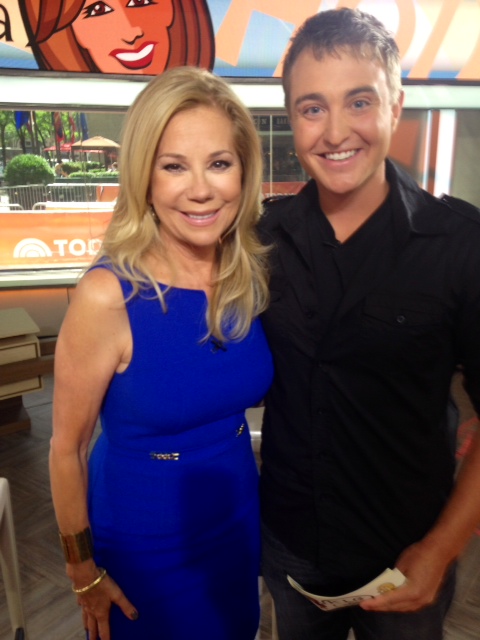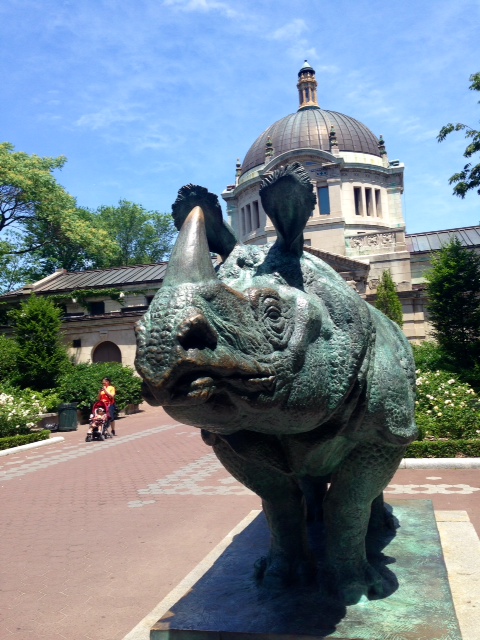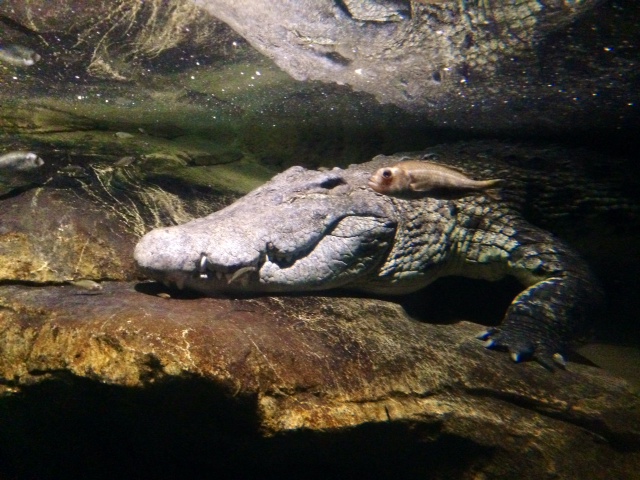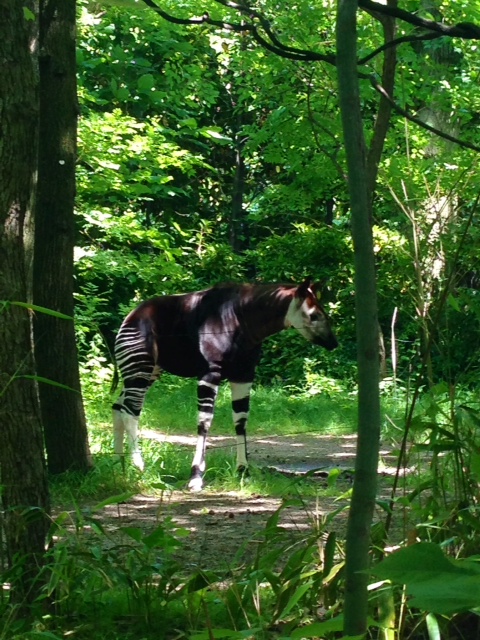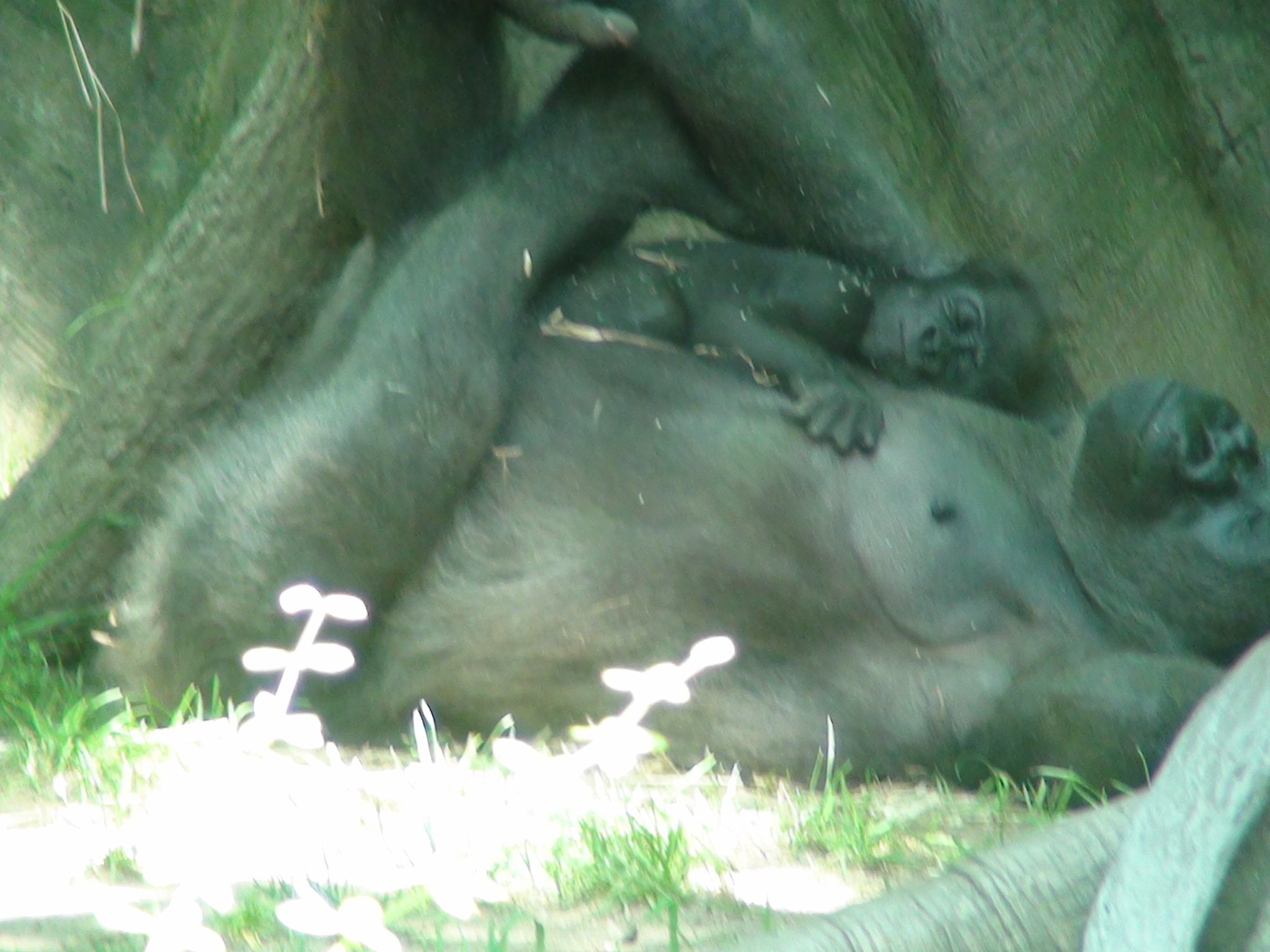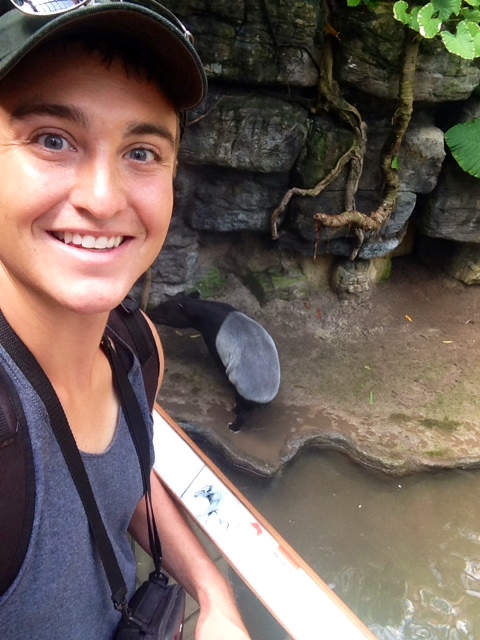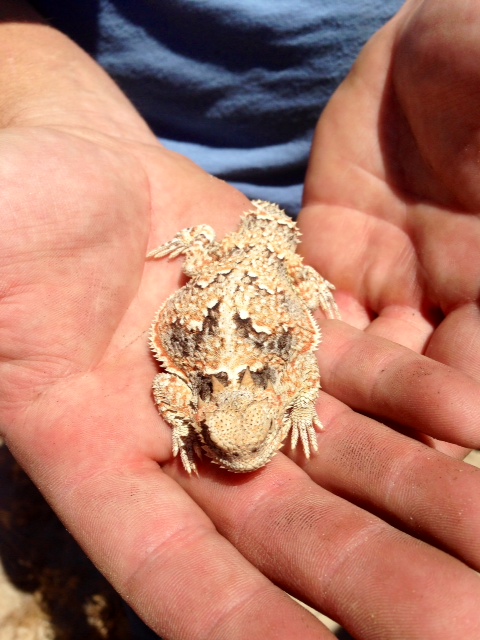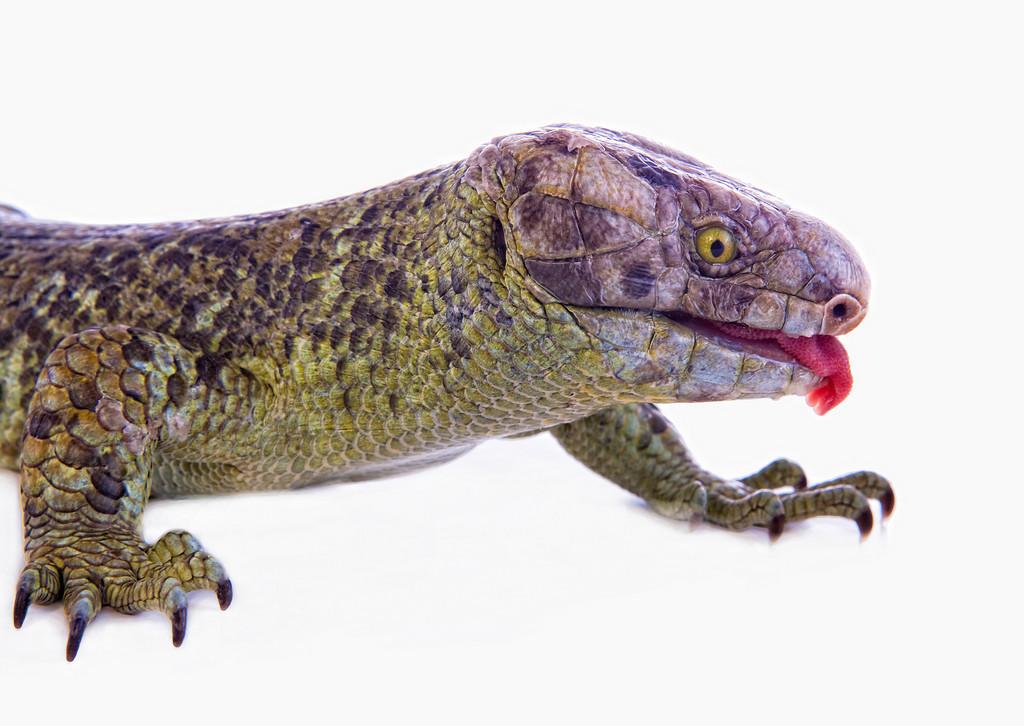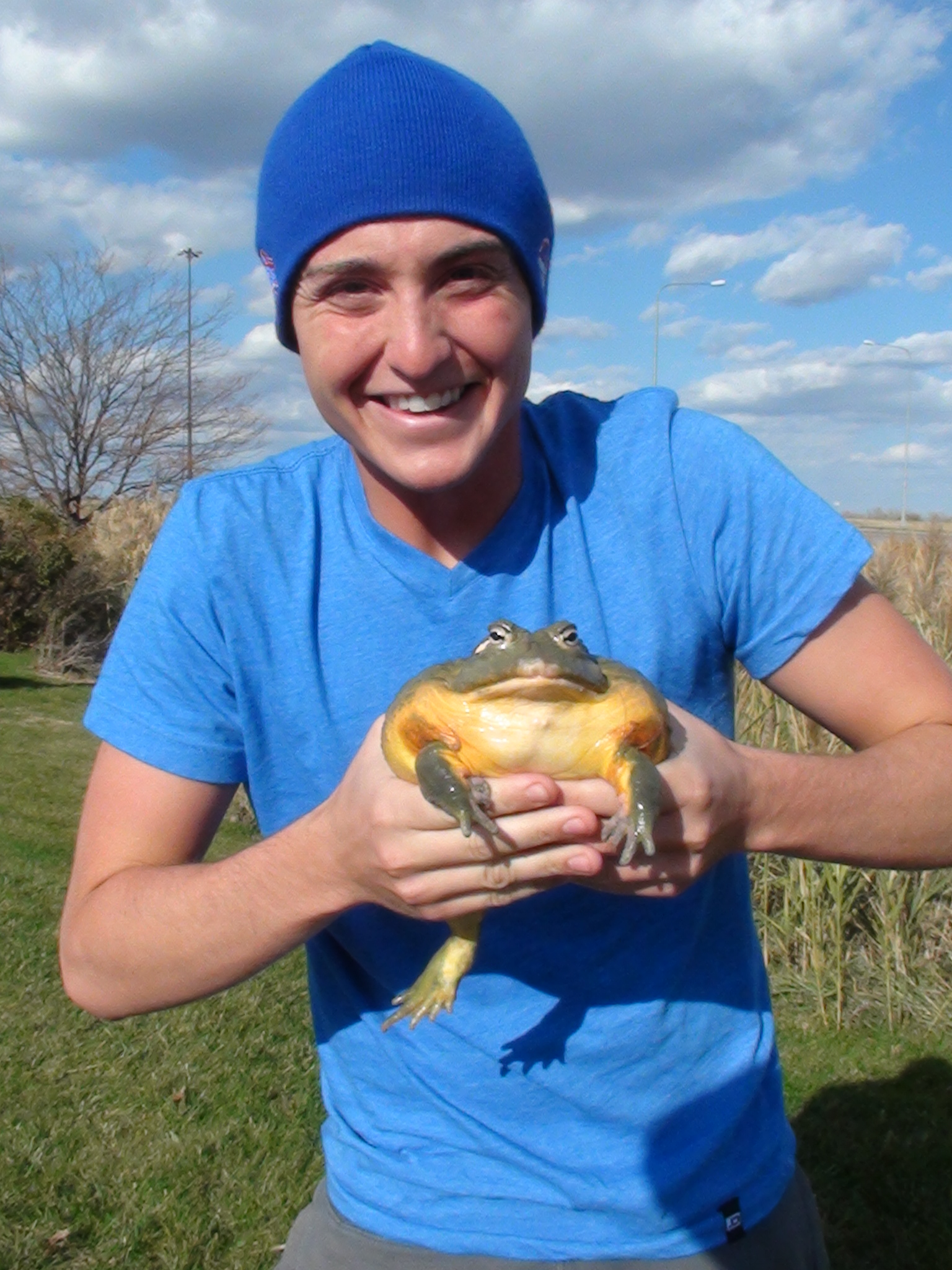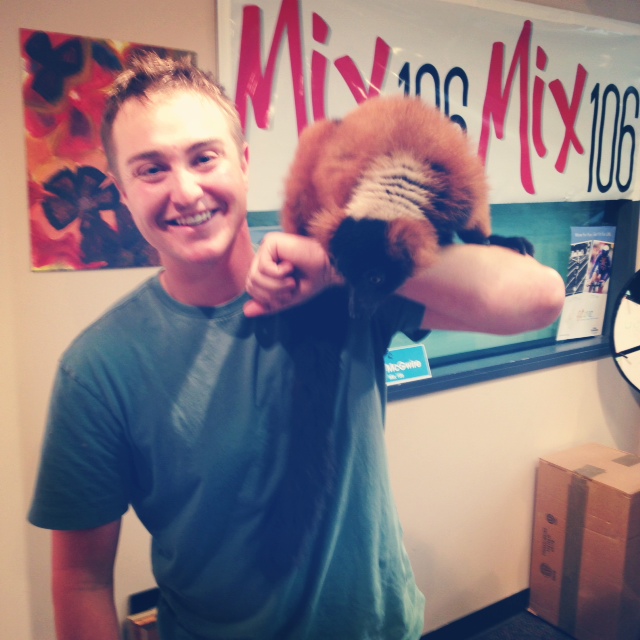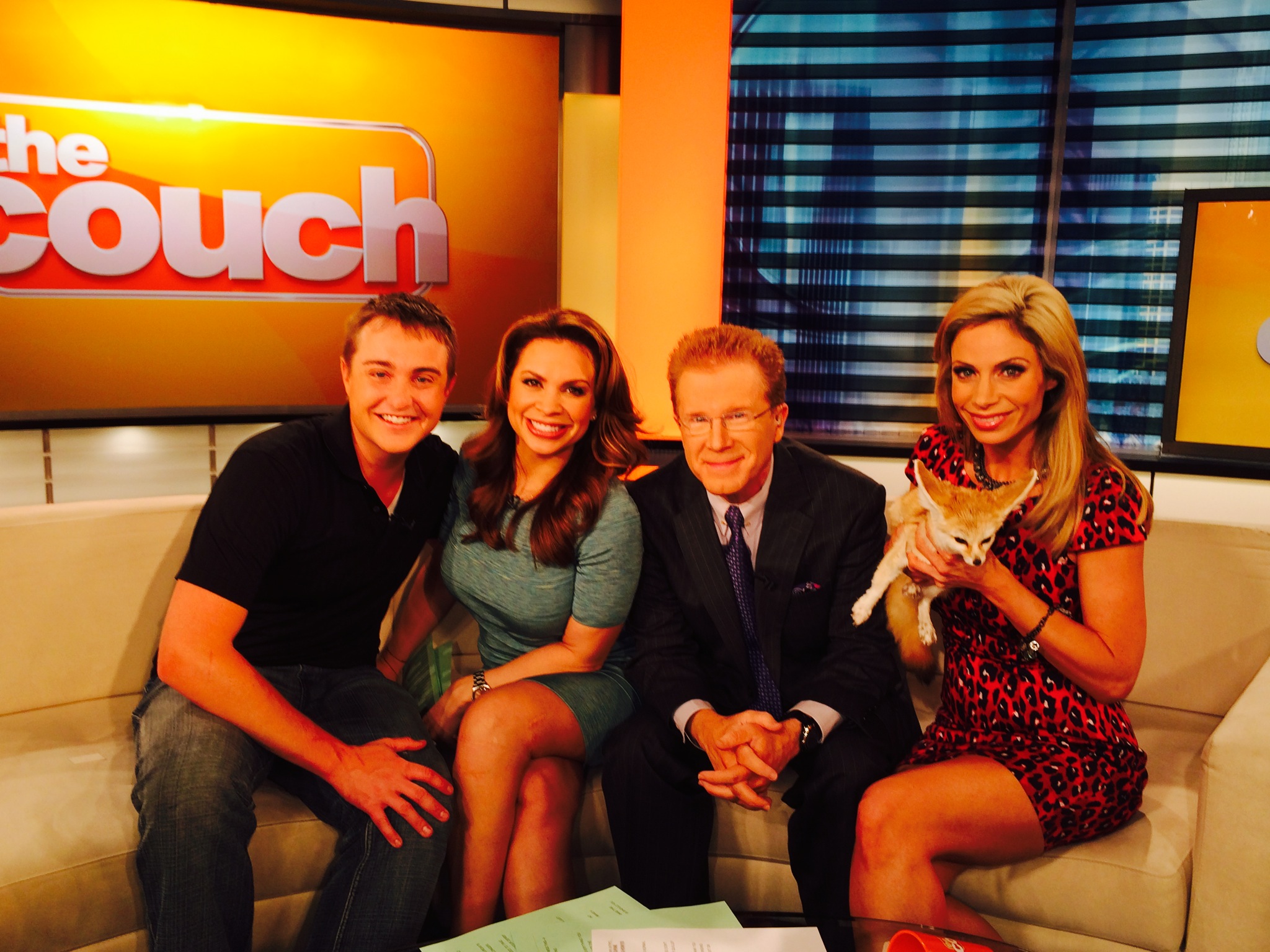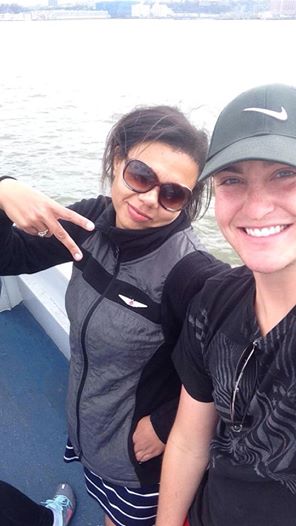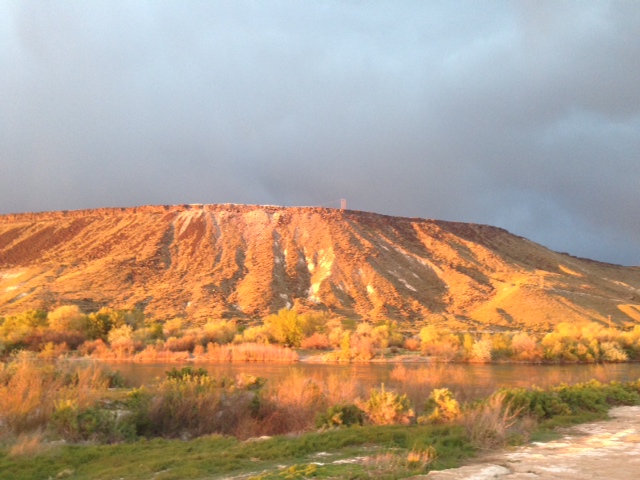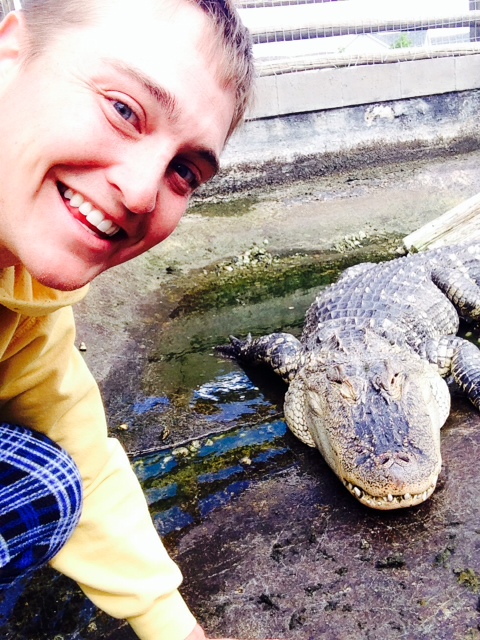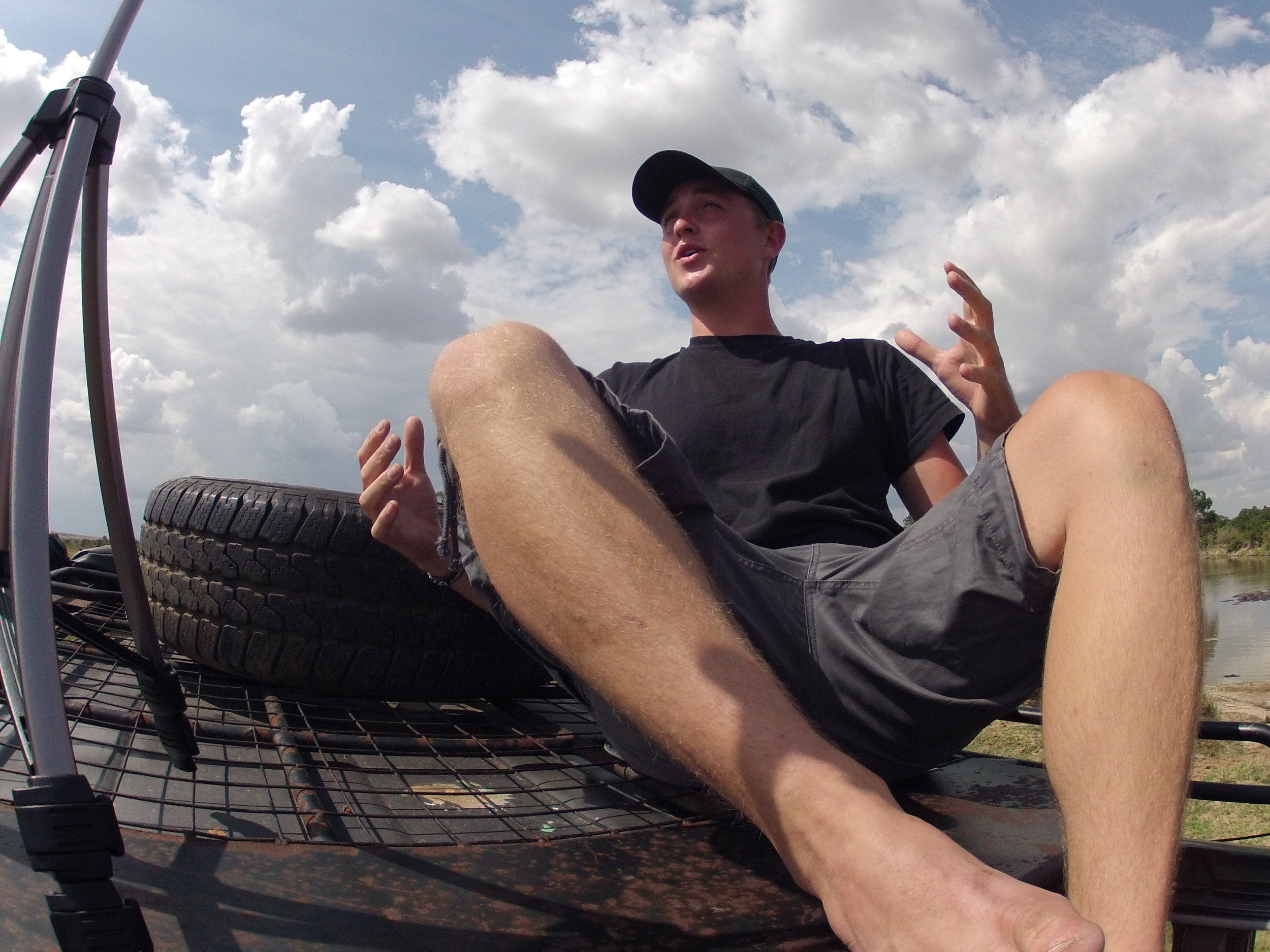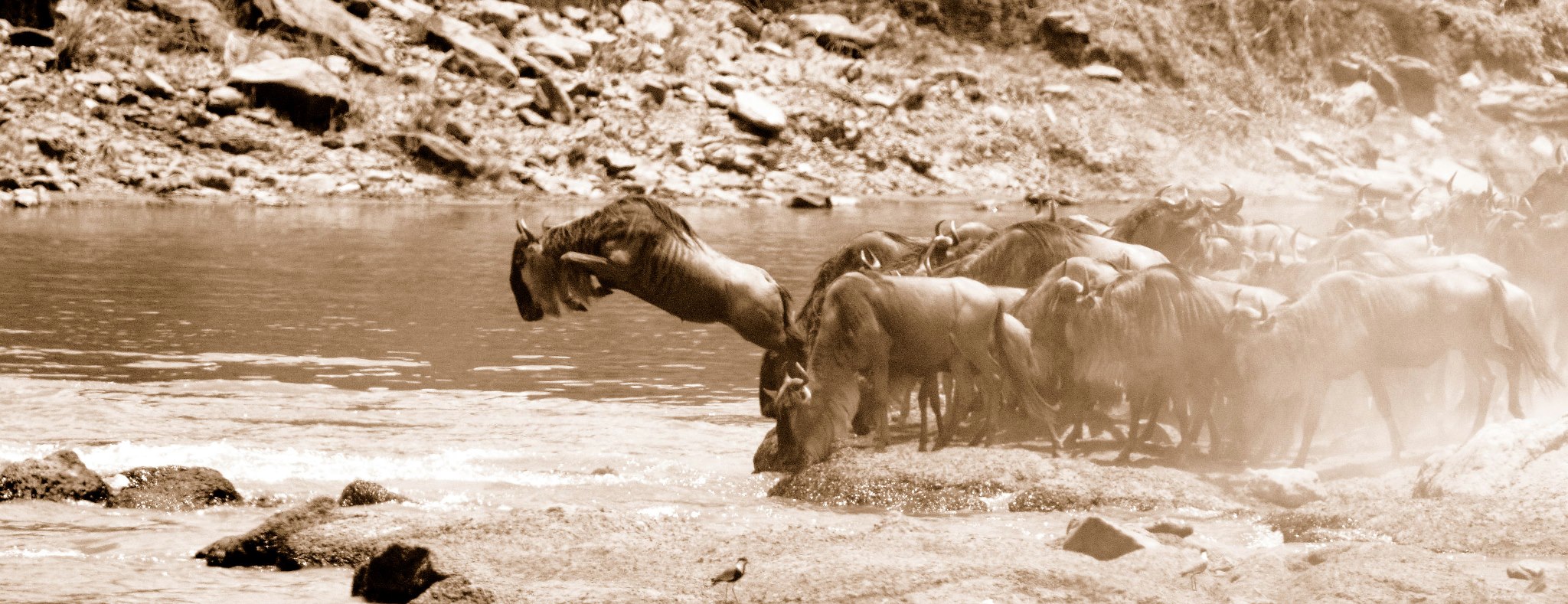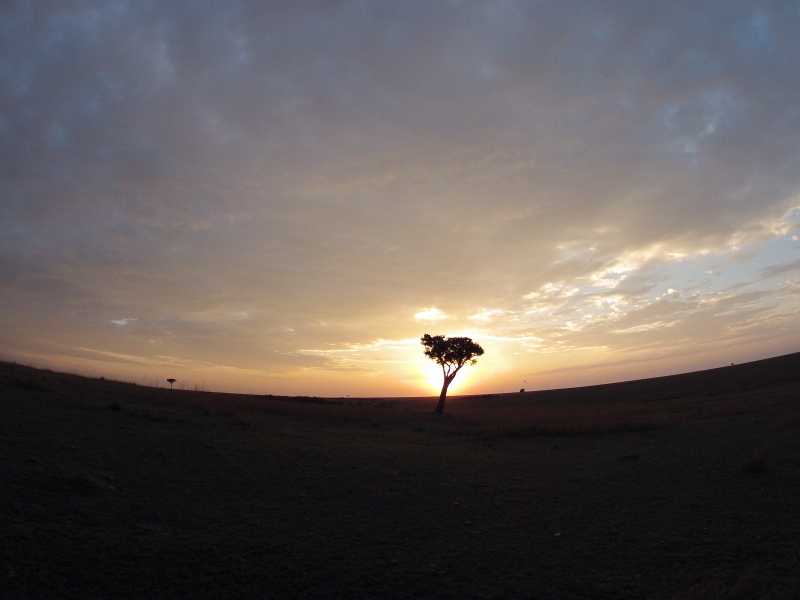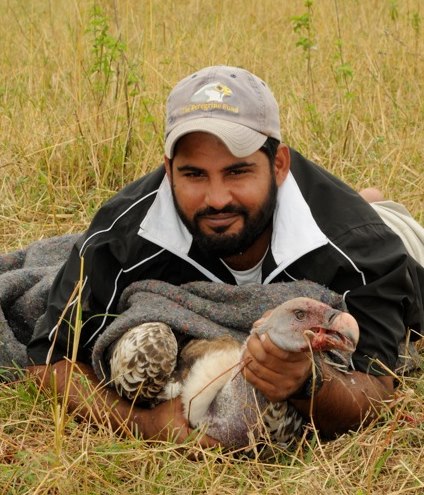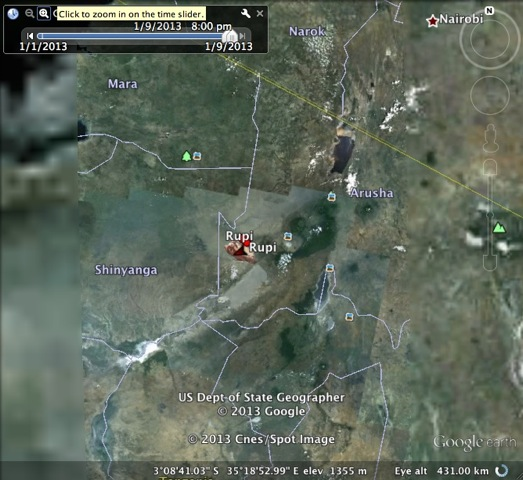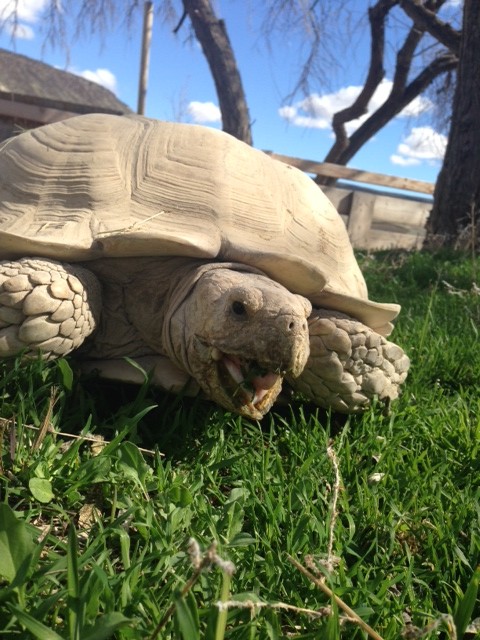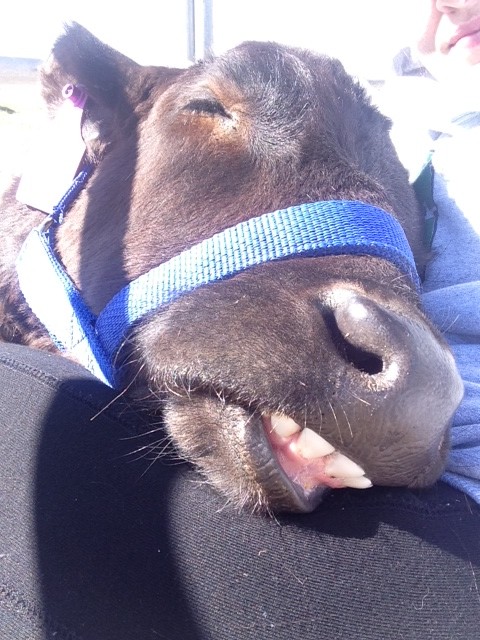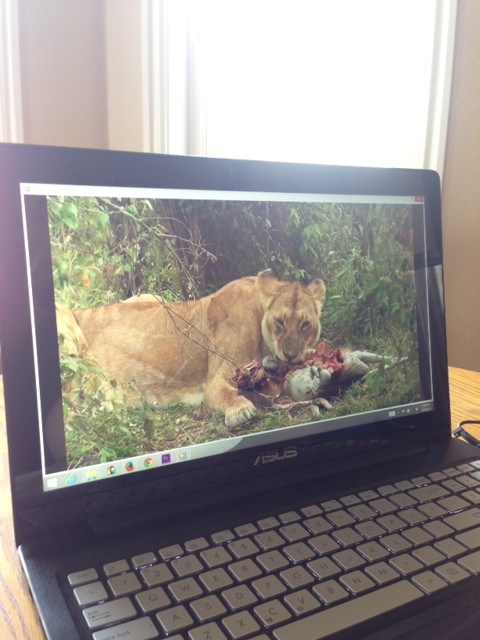 All I can say is what a week! From staying at the epicenter of one of the world's busiest cities, to appearing on one of America's most popular morning shows, to searching sage brush for rattlesnakes in the remote Owyhee Mountains in Southern, Idaho. Each day held different sights, sounds, and experiences.
All I can say is what a week! From staying at the epicenter of one of the world's busiest cities, to appearing on one of America's most popular morning shows, to searching sage brush for rattlesnakes in the remote Owyhee Mountains in Southern, Idaho. Each day held different sights, sounds, and experiences.
My week started early (4am to be exact) on Monday where I caught a flight to NYC. Even though I was there just a few weeks prior, I still couldn't hold my excitement. There is just something about New York.
During my visit in May, I had hardly any time to walk around and sight see. Luckily this time around, I had a full day to do just that! And I did...That day I walked over 12 miles.
Arguably one of the most recognizable buildings in New York is on the corner of Bedford and Grove. The "Friends" building and the area around it is one of my favorite places to walk around in the city.
A few blocks ahead from where I took this picture I noticed 150 NYPD standing around the front of a building. I later found out President Obama made a special appearance in the city that day. His arrival would cause multiple blocks to be barricaded and many stuck in traffic for hours.
Luckily by the time he arrived, I was already in Central Park watching turtles, fish, and a very curious egret.
The first time I saw these animals I had to do a double-take; I was in New York City watching birds catch fish and turtles basking on logs. This seems like more of a scene I could find back home in Idaho!
The next morning I headed to the place that has been my TV home for the last few years; Studio 1A. Although this time around I would do something I had never done before; appear on "The Today Show" without animals.
I was there as a guest for their weekly trivia/pop culture segment "Who Knew?" to celebrate national zoo and aquarium month.
It's always so incredibly surreal being able to share the stage with a TV icon like Kathie Lee Gifford. I also thoroughly enjoyed our conversations on-and-off camera. Our off-air topics ranged from signing wine bottles to how large the iguanas were outside her vacation home in the Florida Keys. It was also great catching up with old friends (producers), who make all of this possible.
Directly after the show I changed into my baseball cap and tank and headed straight to the Bronx Zoo. It ranks as one of my favorite zoos in the country.
My first stop? The Madagascar exhibit featuring the zoo's giant Nile Crocodiles. The exhibit is phenomenal with underwater views of the ancient reptiles submerged in their deep pool. I honestly could have watched them for hours!
I was also able to feel like I was 12 again taking the zoo's dinosaur safari!
One of the best places to see gorillas outside of Africa is the Congo Gorilla Forest Exhibit. It's so incredibly naturalistic that you actually feel like you're walking in an African rainforest.
Visiting the Bronx Zoo was the perfect way to end my stay in New York. Now it was time to head back home!
My first order of business was doing absolutely nothing but spending the day with the animals. It's honestly one of my favorite things to do.
The next day I drove to Fossil Butte where the Idaho Herpetological Society was holding its annual field trip. I've been a member of the society since I was 13, but honestly haven't made the field for a couple of years. It was great to be back!
We might have not had any luck finding rattlesnakes...but I was happy to spot this little guy!
I couldn't imagine a better way to end the week; under a blue sky hiking the Owyhee's.
